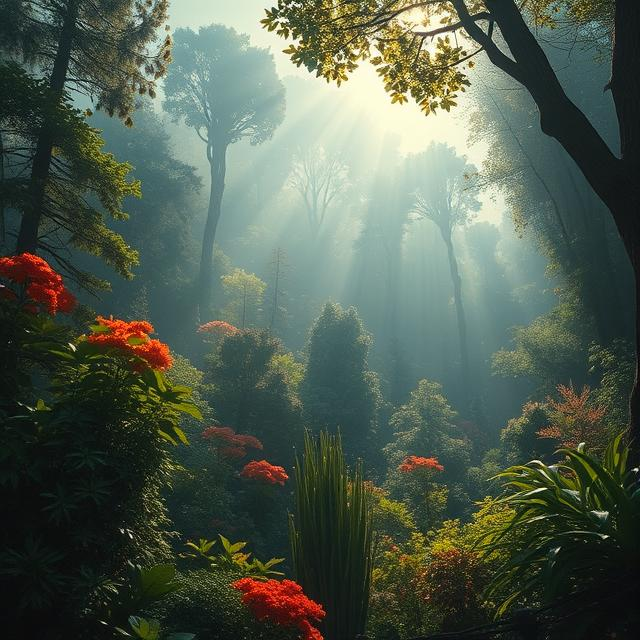For the ancient Celts, the world wasn’t simply a place of physical existence. It was layered, a complex tapestry woven with multiple realms, each holding its own power and influence. The most significant of these was the Otherworld – Annwn in Welsh, Tír na nÓg in Irish – a realm of beauty, magic, and profound mystery.
More Than Just a ‘Hell’ or ‘Heaven’
It’s crucial to understand that the Otherworld wasn’t a simple binary of good and evil, heaven and hell. It wasn’t a place of eternal punishment or reward. Instead, it was a fluid, dynamic space, a reflection of the Celtic understanding of reality – a world where the boundaries between the seen and unseen were incredibly thin.
Key Aspects of the Otherworld:
- Annwn (Welsh) / Tír na nÓg (Irish): These names translate roughly as “Land of the Young” or “Land of the Eternal,” reflecting the belief that time flowed differently in this realm.
- A Reflection of the Physical World: The Otherworld wasn’t entirely separate from the physical world. It was often described as a mirror image, a reflection of the land above, but imbued with heightened magic and beauty. Landscapes could shift and change, and the laws of physics were often suspended.
- Inhabited by Gods, Spirits, and Fairies: The Otherworld was populated by a vast array of beings – the Sidhe (pronounced “shee”), or fairy folk, were perhaps the most well-known. These weren’t necessarily malevolent, but they were powerful and unpredictable. The Tuatha Dé Danann, the ancient Irish gods, were also believed to reside there.
- Accessible Through Specific Places: Certain locations were considered gateways to the Otherworld. These included:
- Stone Circles: Particularly those with standing stones, were believed to be powerful portals.
- Wells and Springs: Often considered sacred and connected to the earth’s energy.
- Mountains and Caves: Particularly those with unusual formations or echoing sounds.
- Specific Trees: Certain ancient trees were thought to be linked to the Otherworld.
- The Importance of Ritual and Respect: The Celts believed that entering the Otherworld required careful preparation, respect, and often, ritual. Disrupting the natural order or showing disrespect could have dire consequences.
The Celtic View of Time:
A fascinating aspect of the Otherworld was the concept of time. In this realm, time flowed differently. The Celts believed that those who had passed into the Otherworld were still ‘young’ – Tír na nÓg literally means “Land of the Young.” This wasn’t a concept of eternal youth, but rather a state of being free from the constraints of aging and mortality.
Modern Interpretations:
Today, the concept of the Otherworld continues to fascinate and inspire. It’s a powerful reminder of the interconnectedness of all things and the importance of respecting the natural world. It’s a concept that resonates with ideas of shamanism, altered states of consciousness, and the exploration of the unseen realms.
